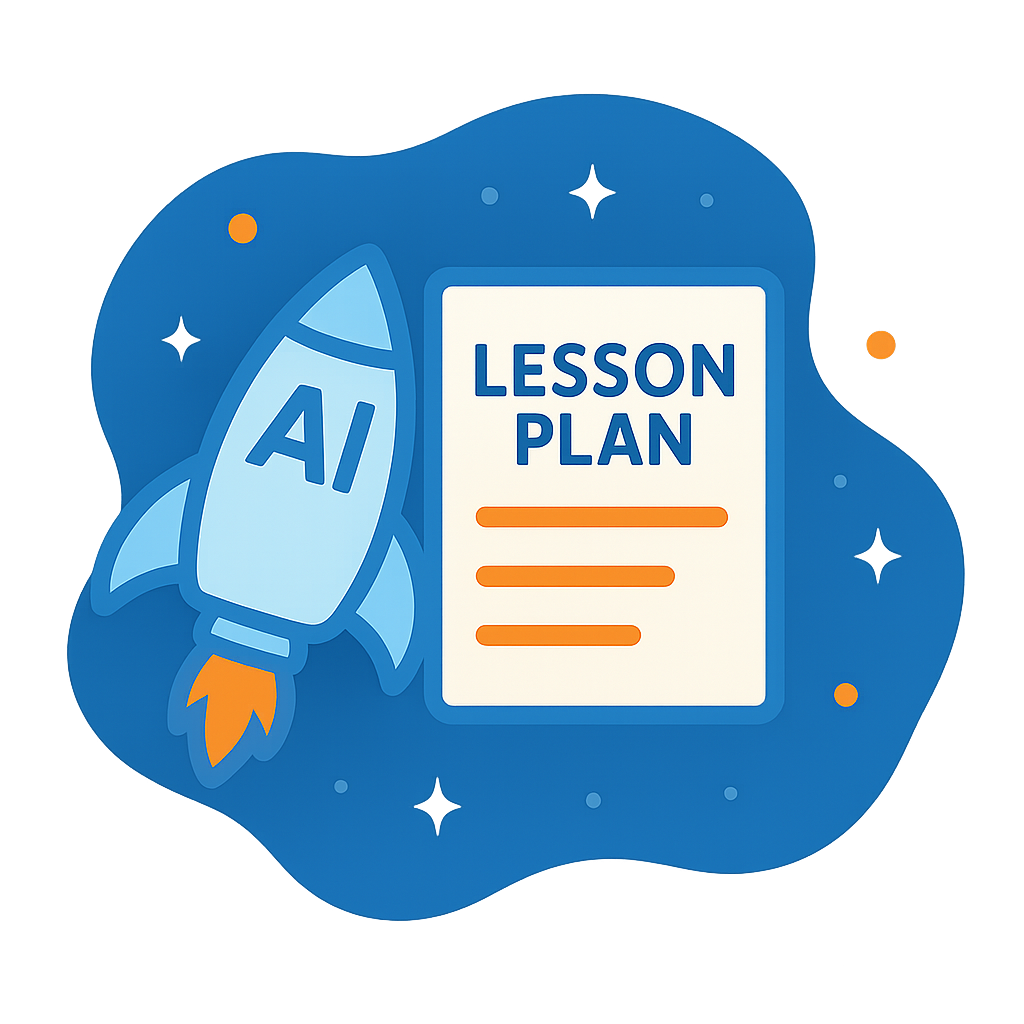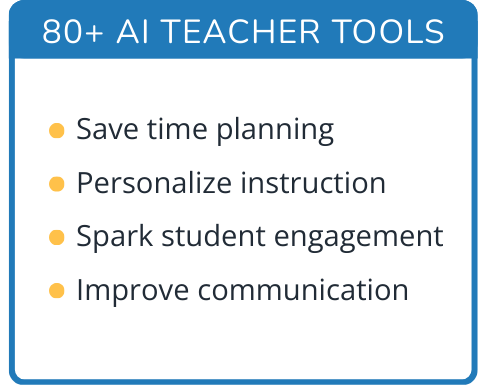Hi, what do you want to do?
Curated OER
Emerson's Essays Quiz
In this online interactive reading comprehension activity, students respond to 12 multiple choice questions about Emerson's Essays. Students may submit their answers to be scored.
Curated OER
Cartoons for the Classroom: Xenophobia
For this historical events worksheet, students analyze an anti-immigration political cartoon and respond to 3 talking point questions.
Curated OER
Sampling Rocks
Learners explore Earth science by identifying types of rocks in their schoolyard. In this geology lesson, students collect a group of rocks from their playground and categorize them based on color, shape and size. Learners read the book...
Curated OER
How Has African American Culture Shaped the History of Kentucky?
Eleventh graders explore the African American culture and history of Kentucky. They observe how an author's personal bias can define the argument of his/her publication. Students analyze primary source documents.
Missouri Department of Elementary
Bursting Stereotypes
Balloons take on the role of stereotypes in an activity that asks high school freshman to generate a list of different adjectives that are frequently used to describe men and women. Then then attach a stereotypical label to a balloon and...
Anti-Defamation League
What Is Culture?
Explore the complexity of culture with this rich and comprehensive lesson plan, which will prompt your learners to think critically and respectfully discuss our current definitions of culture, and how those definitions might...
American Statistical Association
How Long is 30 Seconds?
Is time on your side? Pupils come up with an experiment to test whether their classmates can guess how long it takes for 30 seconds to elapse. They divide the class data into two groups, create box-and-whisker plots, and analyze the...
Statistics Education Web
Types of Average Sampling: "Household Words" to Dwell On
Show your classes how different means can represent the same data. Individuals collect household size data and calculate the mean. Pupils learn how handling of the data influences the value of the mean.
Ontario
Critical Literacy—Media Texts
Media texts convey both overt and implied messages. As part of their study of media, class members analyze the language, form, techniques, and aesthetics in a variety of media texts.
Library of Congress
The Emancipation Proclamation and the Thirteenth Amendment
How did the Emancipation Proclamation lead to the Thirteenth Amendment? Middle schoolers analyze primary source documents including the text of the Emancipation Proclamation, political cartoons, photographs, and prints to understand...
EngageNY
Making Fair Decisions
Life's not fair, but decisions can be. The 17th installment of a 21-part module teaches learners about fair decisions. They use simulations to develop strategies to make fair decisions.
DiscoverE
First You See It, Then You Hear It
Light and sound go hand in hand. Pupils set up a system that will emit sound when a laser is directed at a photodiode. Various objects, such as a comb and talcum powder, allow for modulation of the laser beam. Individuals also...
Described and Captioned Media Program
Malcolm X: Make It Plain, Part I
Malcolm X was a complicated man that few in white America understood. After sharing what they know or think they know about this civil rights leader, about nationalism and Black Nationalism, class members view a two-part documentary...
Described and Captioned Media Program
Malcolm X: Make It Plain, Part II
Track the transformation of Malcolm Little into Malcolm X and then into El Jajj Malik El-Shabazz with the second part of Make it Plain, a documentary on the famous civil rights activist. Viewers consider not only how events shaped and...
Curated OER
Cultural Issues
Students observe another culture using a provided simulation script and then make assumptions about that culture based on what they witnessed. They will later be debriefed and talk about the assumptions they made that were not accurate.
Curated OER
What's on the Outside/Inside?
Students read about the idea of gender perspective in the writing of German history. They generate definitions from a list of given vocabulary words. They write definintions using their own words.
Curated OER
Ports in the Storm
Students explore national security issues related to the possibility of a Dubai-owned company operating an American port. Opinions are solicited and debated.
Curated OER
DETERMINING THE EXISTENCE OF GENDER BIAS IN DAILY TASKS
Students identify task assignments by gender.
Curated OER
Better English Lessons: Collocations 6
In this online interactive English skills activity, students respond to 20 multiple choice questions that require them to select the appropriate words to complete the sentences. Answers are scored immediately.
Curated OER
Designing Samples/Simple Random Samples
Students explore the concept of sampling techniques. In this sampling techniques lesson, students identify possible sources of bias in situations such as phone polls, supermarket surveys, and drawing names from a phone book. Students...
Curated OER
Cultures
Young scholars examine and analyze photographs of other cultures. They answer discussion questions, identify bias and point of view in the images, conduct research on another photo, and compare and contrast two cultural images.
Curated OER
COUNTERACTING MEDIA STEREOTYPING
Students explore the effects of gender bias, stereotyping, and discrimination.
Curated OER
I can do What I Want
Students recognize gender bias and stereotyping. In this self-esteem lesson, students listen to Amazing Grace by Mary Hoffman and discuss how girls can be successful and provide positive role models for others.
Curated OER
Communication Skills
Young scholars practice and model good listening skills, become aware of the effects of cultural and other biases that affect communication.




























